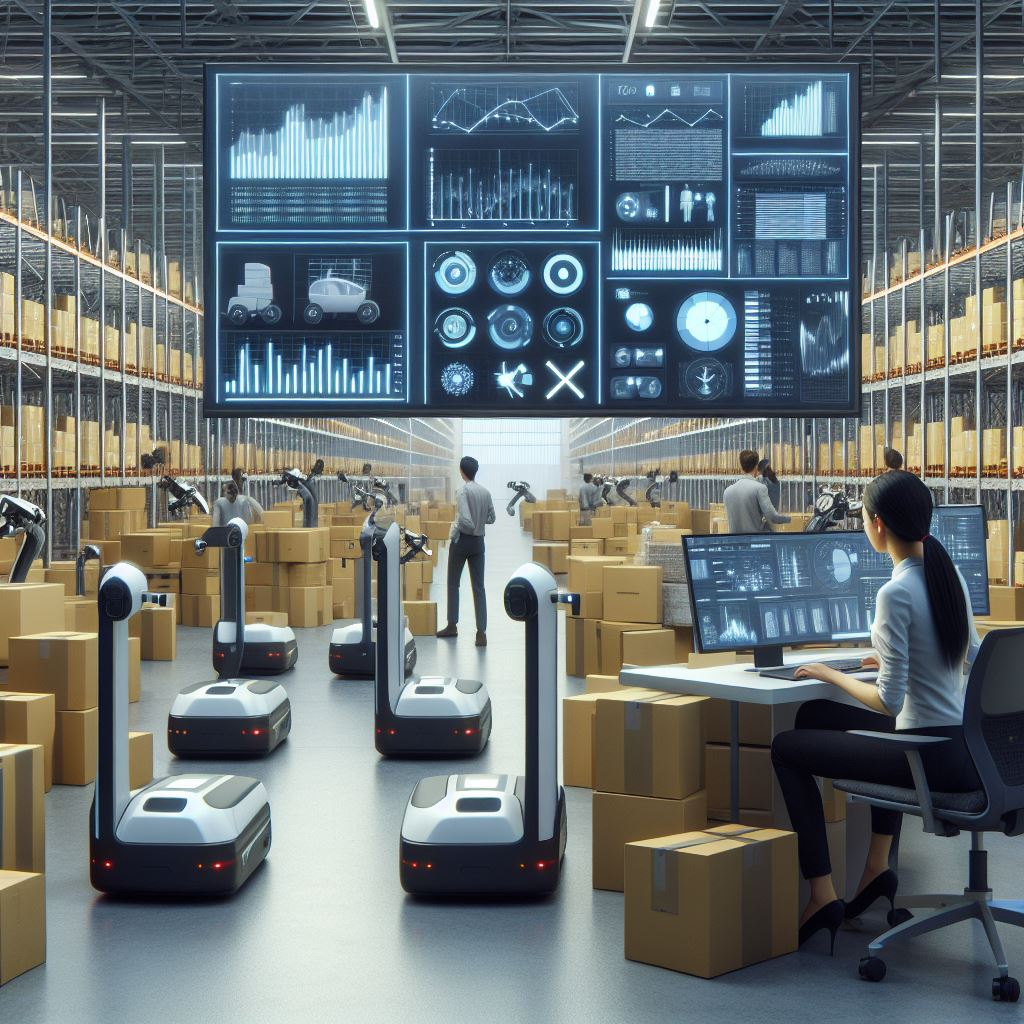Adopting cutting-edge technologies is essential to remain ahead of the competition in the ever changing automotive sector. At the vanguard of this change is vehicle connectivity, specifically through vehicle-to-everything (V2X) communication. V2X makes it possible for cars to communicate with a variety of ICT equipment, such as other cars, buildings, people, and external networks. In order to prepare their fleets for the future, companies are finding that connected car technologies are crucial.
Enhancing Driver Safety
For fleet managers, ensuring driver safety has always been a top priority. Conventional dashcams work well for detecting incidents in real time, but more preventative safety measures were required.
Driver safety has been increased as a result of AI’s integration with camera video monitoring systems. Through the analysis of facial cues and behaviors, AI-powered driver-facing cameras are able to identify high-risk behaviors like weariness and distraction. By warning the driver and the fleet management about possible hazards, these cameras assist to avert collisions before they happen.
By taking a proactive approach to safety, fewer accidents occur on the road, improving fleet safety as a whole. With the use of this data, fleet managers may implement corrective measures that will guarantee safer driving conditions and enhance driver performance.
Optimizing Driver Training
It has long been difficult to recognize and deal with unsafe driving practices. Driver behaviors were not usually changed by conventional training techniques.
The way fleet managers keep an eye on driving habits has been completely transformed by telematics devices. These gadgets gather information about driving behaviors such excessive speeding, hard braking, abrupt turns, and engine idling. This information may be used by fleet management to fully comprehend how each driver behaves while driving.
Fleet managers can provide specialized training programs designed to address certain driving patterns by identifying areas for development. Individual driver performance is improved by this tailored strategy, which also improves fleet efficiency and safety as a whole.
Ensuring Regulatory Compliance
Ensuring adherence to safety requirements is essential for fleets operating in regulated areas, including construction. Conventional incident management techniques were frequently insufficient.
Dashcams that are incorporated into fleet management systems offer a practical way to handle incidents and adhere to regulations. These dashcams, which are equipped with both audio and video capabilities, allow fleet managers to thoroughly examine occurrences involving injuries, crashes, or aggressive conduct.
Dashcam data in real time guarantees timely incident reaction and offers useful documentation for regulatory examinations. This improves adherence to safety regulations for lone workers and safeguards drivers of specialist vehicles.
Streamlining Route Optimization
For fleet management, effective route planning is crucial, but it is frequently hampered by erratic factors like traffic, weather, and road conditions.
AI is becoming a vital component for fleet management’s route optimization. Large volumes of data may be analyzed by AI-driven fleet management software, which can then spot trends and design the best routes possible depending on variables like cost, time, and distance.
AI keeps an eye on factors like traffic, weather, and road conditions to make real-time route adjustments for optimal efficiency. Better cost management, lower carbon emissions, and quicker task completion times are the outcomes of this, which is particularly important for last-mile delivery.
Enhancing Communication
For operations to run well, drivers and fleet management must communicate effectively, which can be difficult with conventional approaches.
The use of Natural Language Processing (NLP) technology has improved fleet management system communication. Effective communication between drivers and fleet management is made possible by NLP, which gives AI-based systems the ability to comprehend, interpret, and react to human language.
Text-to-speech technology allows fleet management to provide drivers immediate feedback, especially when dangerous driving patterns are identified. This AI-powered communication makes sure that drivers get informed about critical developments while maintaining their attention on the road.
Streamlining Vehicle Maintenance
For operational effectiveness, fleet vehicle health maintenance is essential, but anticipating repair requirements can be difficult.
By generating historical data sets through predictive analytics, artificial intelligence (AI) and cloud computing play important roles in fleet data management. These data sets assist in preventing malfunctions and informing maintenance choices.
AI predicts possible vehicle faults ahead of time by analyzing both historical and current data. Fleet managers may plan maintenance in advance and monitor service intervals with this predictive maintenance capabilities. Fleets may save expensive repairs and preserve operating effectiveness by averting unplanned malfunctions.
The Role of OEMs in Fleet Management
Original Equipment Manufacturers (OEMs) must provide strong support in order to fully realize the promise of connected car technology.
The technology infrastructure and data analytics skills required to enable connected car systems are supplied by OEMs. AI gives fleet managers useful insights by analyzing massive volumes of data from embedded and networked OEM hardware devices.
These realizations increase production, lower expenses, and optimize operational efficiency. Modern technology is radically altering fleet management, from improved communication and real-time route optimization to predictive maintenance and driver safety. AI’s predictive ability increases with further development and data collection, resulting in more user-friendly and effective fleet management.
Takeaway
Fleet management is being revolutionized by the integration of cutting-edge technology like telematics, AI, and V2X communication. Fleets are becoming more effective, safer, and sustainable via increasing driver safety, simplifying route optimization, boosting communication, guaranteeing regulatory compliance, optimizing driver training, and improving vehicle maintenance.
In this transition, OEMs play a critical role in supplying the required technology infrastructure and data analytics skills. AI’s capacity to forecast and optimize fleet operations will only become better as it develops and gathers more data. Businesses will be in a better position to dominate the sector in the future if they adopt these technology now.







